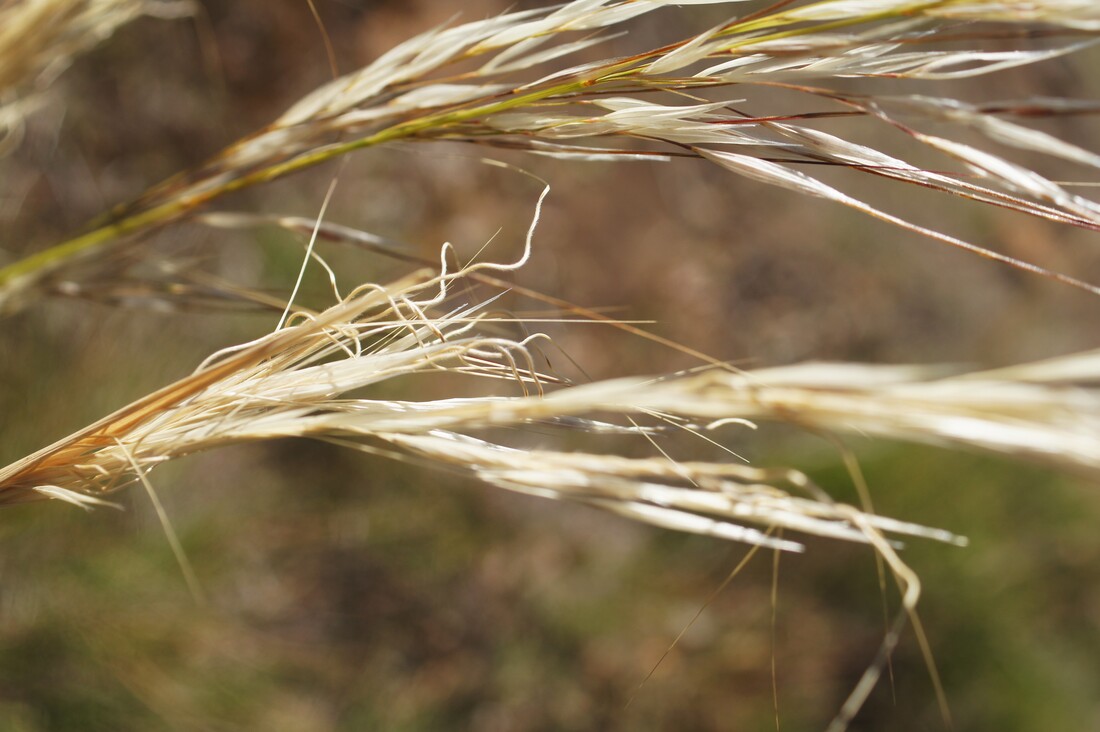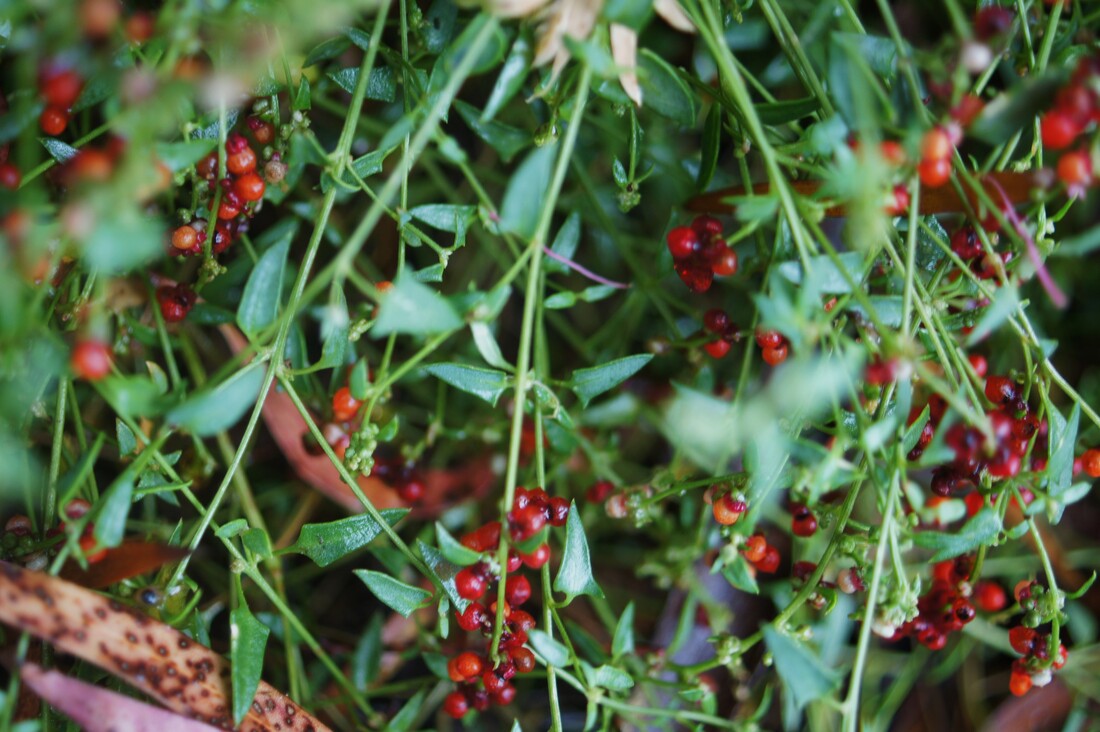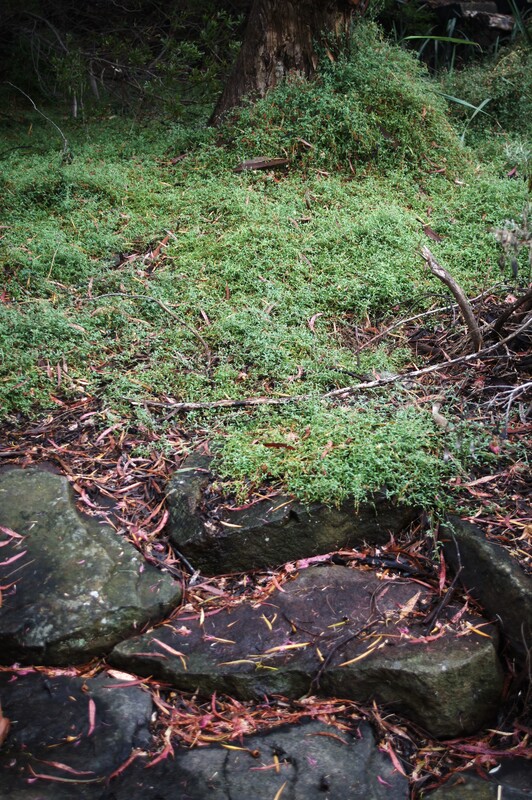Our lives have a rhythm, a consistent beat we follow day in and day out. This rhythm makes us feel comfortable because it's familiar, regular and reliable, giving stability to our lives. We do the same things, at the same time, day in and day out. We get up at the same time, we go to work at the same time, and we go to bed at the same time. Our body clocks dictate the beat, and we follow that drum. Some of us are night owls, wide awake while others slumber, and others sparrows, getting up early, wide-eyed and bushy tailed, running around getting chores done, before most of us have staggered, bleary eyed from our beds. We have periods during the day of activity and rest, and when we are in tune with our body clock, we can use our time more efficiently and productively. These rhythms can influence our mood, well-being and stress levels. The more consistent and regular our daily pattern, the calmer we feel. This is our circadian rhythm based on a 24 hour sleep/wake cycle. We are aware of this cycle especially when it gets disrupted, making us feel disorientated and out of sorts. Our circadian rhythm also controls basic functions, like our metabolism, blood pressure, sleep and hormone levels. Messing with this cycle, by not sleeping, doing shift work, night time feeds for a new born baby, travelling to a different time zone, or living where there is 24 hours of light or dark, can disrupt our health and well-being.
The circadian rhythm is the same for animals following the same pattern day in, day out. Some animals are early rises like a rooster or a wattlebird, responding to the first sign of light, and letting their world know the time. On the other hand, as the sun begins to rise wombats and wallabies hurry home at the end of their day to get some sleep.
If we watch birds and animals, they follow the exact same rhythms , whole herds of animals and flocks of birds follow the same active patterns, then rest and recovery, eating and fasting, sleeping and waking, clocking on, clocking off, the heartbeat of the natural world.
Plants also follow these circadian rhythms, signaling flowering times, seeding, leaf movement, growth, fragrance emissions and germination time. Plants follow a regular sleep pattern, such as flowers that open and close at the same time every day, synchronizing to the light/dark setting of the day. Plants will hit the reset button and adjust their daily internal clock to match the daily or seasonal changes in their environment.
Stipa stipoides beautiful seed plumes, pictured above, wave in the wind and their seed has a unique bent awn. This bent awn follows the sun during the day , allowing it to bury itself using the sun to screw the awn around and around until the seed is buried following its daily internal rhythm . This remarkable feature allows the seed to bury itself in dry and rocky sites, making it an important pioneer species covering bare ground. While this mechanism is remarkable, beware the seed will also happily burrow into your socks!!
The circadian rhythm is the same for animals following the same pattern day in, day out. Some animals are early rises like a rooster or a wattlebird, responding to the first sign of light, and letting their world know the time. On the other hand, as the sun begins to rise wombats and wallabies hurry home at the end of their day to get some sleep.
If we watch birds and animals, they follow the exact same rhythms , whole herds of animals and flocks of birds follow the same active patterns, then rest and recovery, eating and fasting, sleeping and waking, clocking on, clocking off, the heartbeat of the natural world.
Plants also follow these circadian rhythms, signaling flowering times, seeding, leaf movement, growth, fragrance emissions and germination time. Plants follow a regular sleep pattern, such as flowers that open and close at the same time every day, synchronizing to the light/dark setting of the day. Plants will hit the reset button and adjust their daily internal clock to match the daily or seasonal changes in their environment.
Stipa stipoides beautiful seed plumes, pictured above, wave in the wind and their seed has a unique bent awn. This bent awn follows the sun during the day , allowing it to bury itself using the sun to screw the awn around and around until the seed is buried following its daily internal rhythm . This remarkable feature allows the seed to bury itself in dry and rocky sites, making it an important pioneer species covering bare ground. While this mechanism is remarkable, beware the seed will also happily burrow into your socks!!



 RSS Feed
RSS Feed